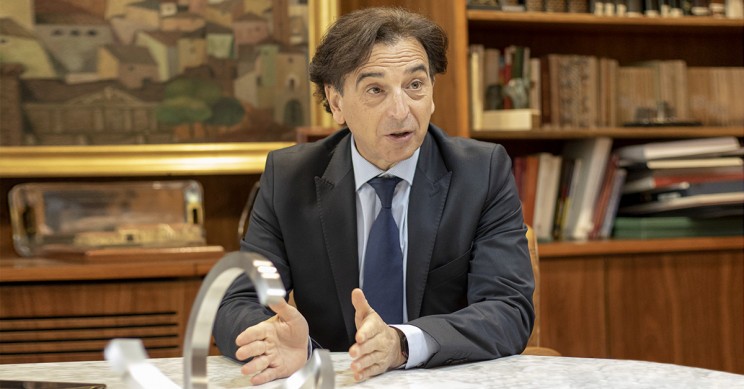
If there is one thing that characterises the building tradition in Spain, it is the well-known and much feared cost overruns. Many Spanish people consider it 'normal' that building work ends up going over budget, regardless of what is being built. No matter if it’s just refurb work in your bathroom or the construction of an entire office building, cost overruns are always present.
According to data from the General Council for Technical Architecture (Consejo General de la Arquitectura Técnica or CGATE), it is not unreasonable to expect the final price of building work in Spain to rise by up to 20%. There can even be rocky situations such as the Calatrava bridge in Venice, which went from the 3.8 million euro in the initial budget to around 11.2 million.
Now, though, the Spanish real estate sector is becoming more professional and one of the main ways it is trying to solve this problem is with the increasing prominence of a specialist profession whose mission is to ensure that things are done well: the quantity surveyor.
What is a quantity surveyor?
"A quantity surveyor is a person or company with knowledge of the construction sector in its economic aspect. I would say that it is the key figure in the building process," Alfredo Sanz, president of the CGATE, explained to idealista/news. "That is to say, it is the person who not only takes charge of the running of the work, but who is in charge of managing the investment from the moment it is just an idea until it becomes profitable."
In other words, if a quantity surveyor is hired for a construction project, the company can access professional advice at any time, whether in the future or in the present. "All investors in the most dynamic markets – Madrid, Barcelona, Costa del Sol, etc. – have already been working with quantity surveyors for some time. It is now unthinkable that anyone would make an investment without technical support of this magnitude," says Sanz.
Why now?
The figure of the quantity surveyor has not been very popular at all in Spain until now, but in the United Kingdom these type of real estate professionals have been around for more than 200 years, while in France they are known as “construction economists”. Now, it seems, Spain is catching up.
"We think this is happening now because of the changing roles that have been dragging on since the period of the financial crisis. We were immersed in a maelstrom of new constructions and we already know what happened… now we are going to see if the sector is able to learn and not make the same mistakes, many of which, if the quantity surveyor figure had been implemented then would not have been made," says Sanz.
In order not to repeat such difficult situations, the CGATE proposes that a profession such as that of the quantity surveyor, which is the only one with training credits and expertise in measurements, budgets and valuations, be used to avoid unforeseen events, setbacks and unfavourable results in the construction work.
"Let's take an example, we are going to build a new development. The first thing we used to do was to look for an architect, who designed a project to be put into practice and we could see what it costs us. Between drawing up blueprints and having a real building, there is a very important process in which technical architects are the main players. It's all very well to imagine things, but we have to materialise them," Sanz explains.
By this, we can understand that the aim of the housing construction market is to change those roles, and that the first person who should be consulted in any investment should be the quantity surveyor or ‘project manager’, as they know which variables will make that investment profitable. Secondly, a designer is hired (by law in Spain, architect) who must put down on paper all the parameters that the previous economic analysis found suitable for the management of that investment and production.
"We have examples of how, through a single parameter, an investment can be penalised to a great extent. When the architect and the designer prepare the project and… put it into practice, the quantity surveyor is in charge of managing all the contracts, the clauses of the contracts, the investment risks, etc."